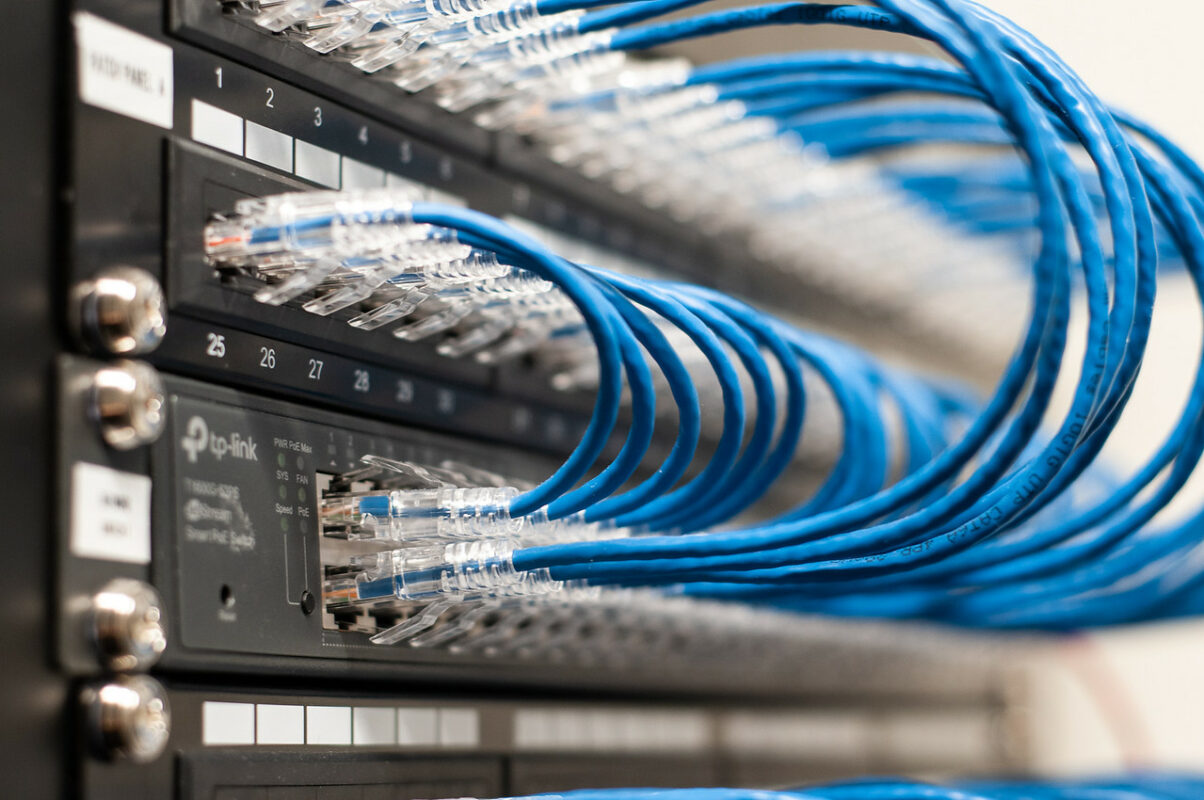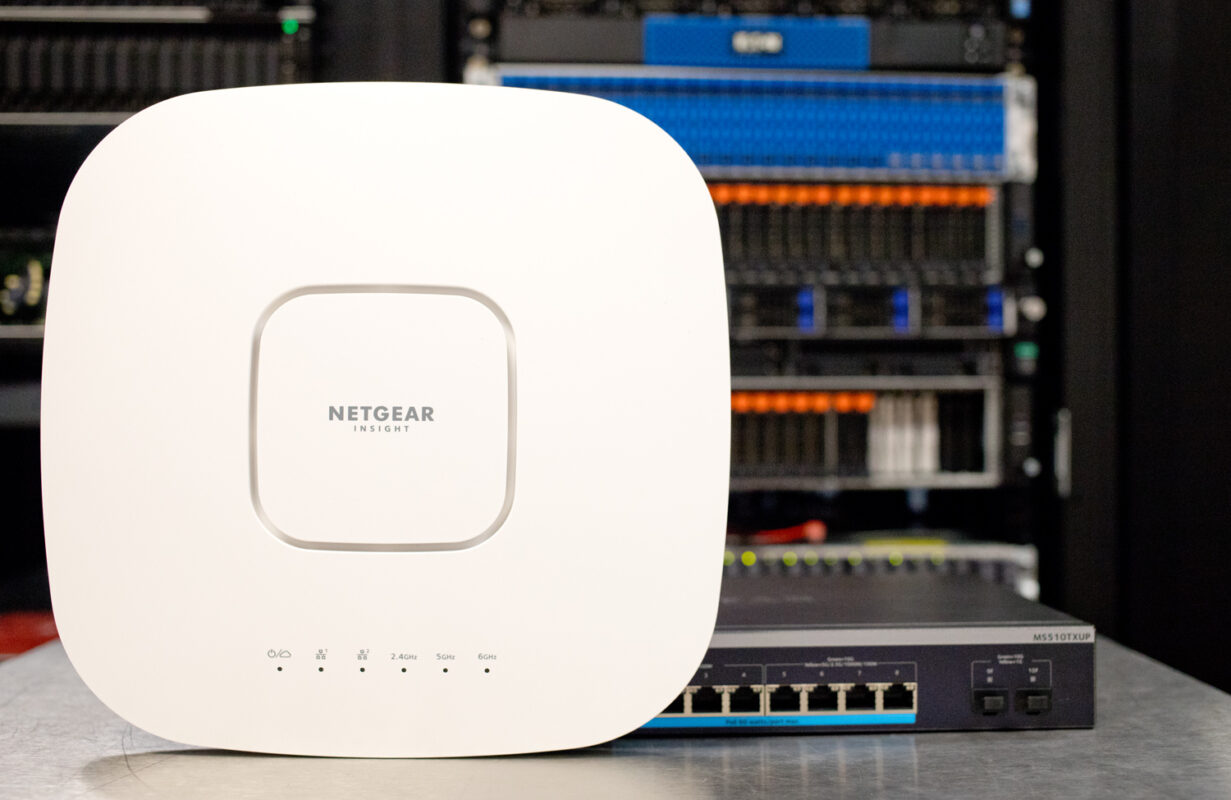What Is Structured Cabling? Structured cabling is a standardized method of organizing cables in a network, considering safety standards, best practices and the best use of equipment resources. With it, it is possible to minimize costs, through the prevention of accidents and less maintenance, provide more network and work environment security, facilitate the very common changes and much more!
Therefore, through the organization of cables, it is possible to eliminate the need for modifications whenever you add or remove a network point, that is, it is done only once and precisely because of this, you save on maintenance and displacements.
That way, the installation will always be ready to use when needed, which means that network points don’t have to be on when not in use!
This service is widely used for its ability to significantly increase network performance and service delivery as a whole, in addition to ensuring greater site organization.
Why is structured cabling necessary?
Analyze the scenario where some cables are exposed to leaks, a tangle of cables and wires that cross the office desks, it may seem crazy but these situations exist, not in the reality of a data center, since large corporations do infrastructure planning, aiming to comply with all technical standards and the high performance of the machines. In other words, large companies always rely on the structured cabling service so that, through the organization of cables, they can obtain the best results!
In computer networks, about 70% of problems occur due to poor cabling structure. Most Brazilian companies do not have the service, which means that those who choose to use it are always one step ahead.
In this sense, among the advantages of a good cabling project are cost reduction (no modifications will be necessary when installing new network points), facilitation of possible maintenance (since everything is organized in the same place), facilitation of significant changes and improvements in network performance.
What are the benefits of good structured cabling? What problems can I avoid?
A well-structured cabling project can provide significant changes in your company, especially when we talk about providing a service and streamlining processes. By accommodating frequent changes without changing the cable organization, structured cabling keeps up with the restructuring demands so common in the business environment.
Below you can check 5 benefits of structured cabling that justify its implementation and show why investing in a good system that helps in data stability is essential.
1. Avoid Network Failures
Many network problems are caused by the lack of a good system. Bad contact, oxidation of connectors and damage to cables are some of the main faults. All of this can be avoided by implementing a quality network that follows the highest standards.
Structured cabling also adopts documentation that describes all activities from the beginning of the implementation, such as detailing the hardware and software used. This standardization and complete registration facilitate future maintenance and come to the aid of the manager when expansions are necessary.
2. Facilitates Management
After its implementation, the structured cabling system is not dependent on an exclusive team or company to take care of its infrastructure. This task can be managed by a smaller team of professionals. Whenever maintenance is necessary, it will be faster and more efficient, as it centralizes the entire system and organizes all wired infrastructure.
3. Brings a Good Return on Investment (ROI)
Structured cabling can unite different services in the same system, such as data, video and voice. This unification avoids the need for future updates and higher maintenance costs.
If new resources are added to the network, or if there are changes in the company’s layout or changes in rooms, the infrastructure is already prepared, without having to spend more money or time. Thus, even if the initial value of the investment is higher, in the long term the return is easily achieved.
4. Enables Simplified Mode Expansion
Installing a system that will be obsolete in a few years is a waste of resources. In this way, it is necessary to target technologies that guarantee a longer useful life.
Structured cabling has the potential to support future applications and increased data traffic. In addition, additions and updates can be made without disrupting the system, even those that are more network-intensive, such as video conferencing and other multimedia applications.
5. Ensures Greater Durability to the Infrastructure
The durability of a system with structured cabling is much greater than that of a conventional one. Its useful life can reach 25 years. This deadline is achieved because the system is easy to maintain, supports the increase in demand over time and follows strict standards of standardization.
The investment brings numerous benefits to the business and, given these advantages, it becomes a practically mandatory project for any company that wants to promote sustainable growth and obtain a robust, durable and efficient infrastructure.
It is worth remembering that a quality service is only done by good professionals.
If You are living in Southern California Contact STARLIGHT to discuss your needs, We would be happy to propose a solution
- Email: info@starlightcabling.com
- Phone: 949-434-4252













